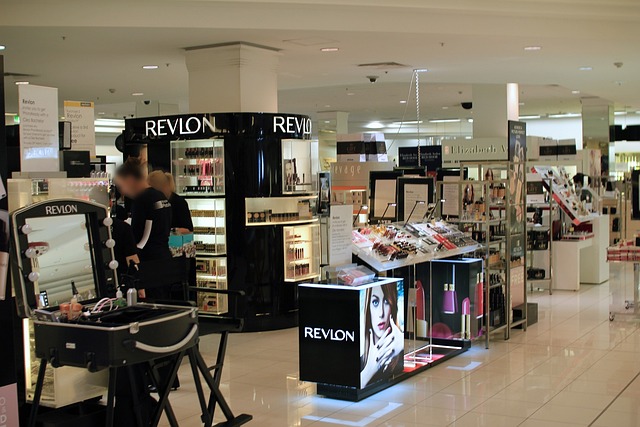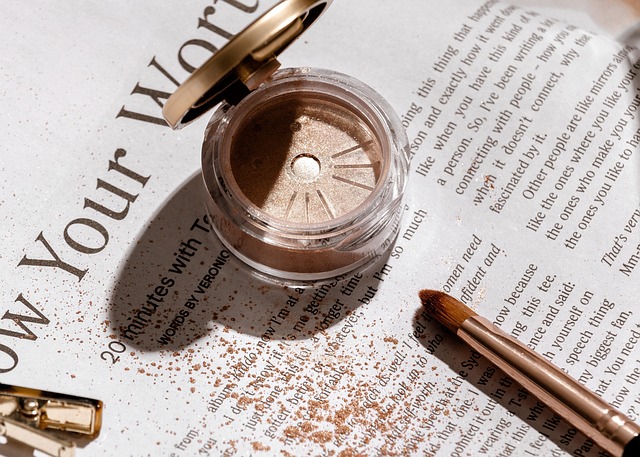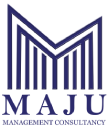Cosmetic product registration with the Saudi Food and Drug Authority (SFDA) is a mandatory compliance step for companies that wish to manufacture, import, or sell cosmetic products in the Kingdom of Saudi Arabia (KSA). SFDA ensures that all cosmetic products entering the Saudi market meet safety and quality standards.
If you’re a brand owner or distributor, here’s what you need to know to navigate the process successfully.
Step 1: Get Your Company Registered with the SFDA
Before registering products, your company must first be registered in the Saudi Drug Registration (SDR) portal under the SFDA. This applies whether you’re a local manufacturer or a foreign brand working through an importer or distributor.
- Tip: Foreign companies must partner with a local authorized representative in Saudi Arabia.
Step 2: Ensure Product Compliance with GCC Cosmetic Regulation
Your product must comply with the Gulf Technical Regulation for Cosmetic Products (GSO 1943). This includes:
- Ingredient restrictions
- Safety assessments
- Labeling standards
- Shelf-life and storage guidelines
SFDA routinely checks for banned ingredients and mislabeling.

Step 3: Submit a Complete Cosmetic Product Dossier
Each product must have a dossier that includes:
- Product description and function
- Full ingredient list (INCI names)
- Certificate of Analysis (CoA)
- GMP Certificate (Good Manufacturing Practices)
- Safety assessment report
- Sample product label in Arabic/English
Step 4: Register Products via the eCosma System
eCosma is SFDA’s online portal for cosmetic product notification and registration.
To register:
- Log in to eCosma with your SDR account
- Fill in product details
- Upload required documents
- Pay the applicable fees
Once approved, the product will be listed in the SFDA database.
Step 5: Label Products in Line with SFDA Standards
Cosmetic labels must be in Arabic (or bilingual) and must clearly display:
- Product name
- Manufacturer and importer info
- Country of origin
- Batch number and expiration date
- Usage instructions and warnings
Mislabeling is one of the top reasons for SFDA rejection.

Step 6: Conduct Safety Testing (If Required)
SFDA may request additional product testing, especially for high-risk products like skin lighteners or injectables. In such cases, you may need to submit toxicology or microbiology reports from a certified lab.
Step 7: Renew Registration Periodically
Cosmetic product registrations in Saudi Arabia typically need renewal every 3 years. Monitor your product approvals and ensure timely updates to avoid penalties or delisting.
Why SFDA Compliance Matters
- Builds trust with Saudi consumers
- Prevents import delays or fines
- Ensures your brand reputation stays intact
- Enables smooth retail entry across KSA
Frequently Asked Questions
Is cosmetic registration mandatory in Saudi Arabia?
How long does it take to register a cosmetic product with SFDA?
What is eCosma in Saudi Arabia?
Can foreign companies register products with SFDA directly?
What documents are needed for SFDA cosmetic registration?
1. Product description and composition
2. INCI list
3. Certificate of Analysis (CoA)
4. GMP Certificate
5. Safety Assessment Report
6. Arabic/English product label
What are the common reasons for SFDA rejection?
1. Incomplete documentation
2. Use of banned or restricted ingredients
3. Incorrect or non-compliant labeling
4. Lack of safety or GMP certifications

